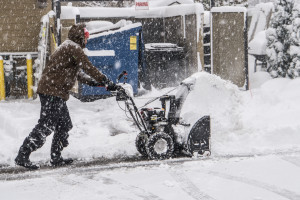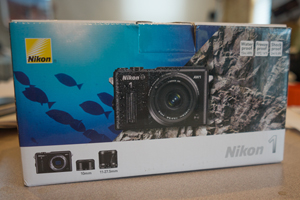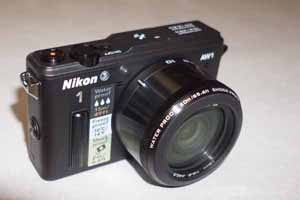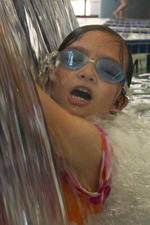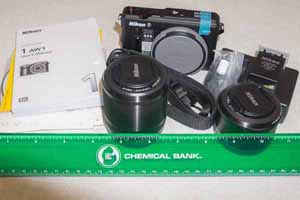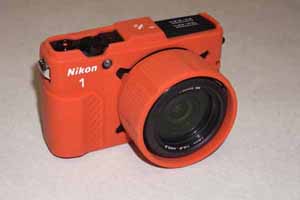I’m a frequent visitor to Chinese restaurants. You might say that I’m a big fan of Chinese food.
But something has been bothering me for the last several years. Let me explain and then you can judge for yourself whether it bothers you too.
When the server seats us, she brings the usual: a napkin, a tea cup, a plate and chopsticks. Of course the bamboo chopsticks are wrapped to keep them sanitary. By the way, I hate those plastic chopsticks because they’re slippery, but that’s not what bothers me. You’ve undoubtedly noticed that the chopstick wrapper usually has printed instructions explaining how to use the chopsticks, but that’s not what bothers me either.
Actually, the thing that bothers me has nothing to do with Chinese restaurants at all. What bothers me has everything to do with the non-Chinese restaurants.
What if someone went into a restaurant, say to have a meal of spaghetti and this person doesn’t know how to use a fork? How would he get those long strands of pasta into his mouth? Of course, this dilemma isn’t unique to Italian food – think German sauerbraten, French coq-au-vin, English roast beef and Yorkshire pudding and Spanish paella – the food has to make its way from the plate to the tongue.
To be fair, this isn’t much of a problem with pizza, tacos or hot dogs since you can always eat these foods by hand. But by and large, the culinary world doesn’t look kindly on hand-food.
So I’m proposing an easy fix for those guests who have not yet mastered the art of consuming food with a fork. For the benefit (and non-embarrassment) of these guests, the restaurant establishment should consider wrapping their forks with the following instructions:

So now it’s your turn. Did I hit the nail on the head?
Written by: Arnie Lee


